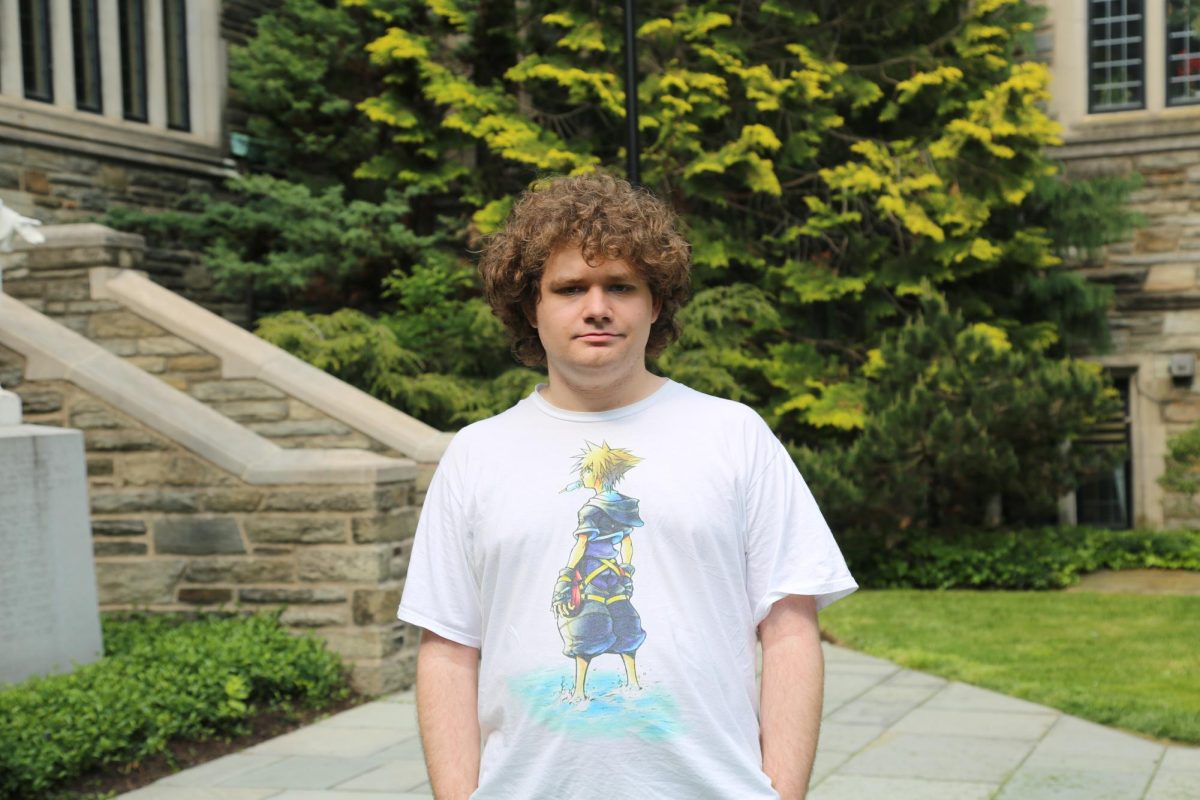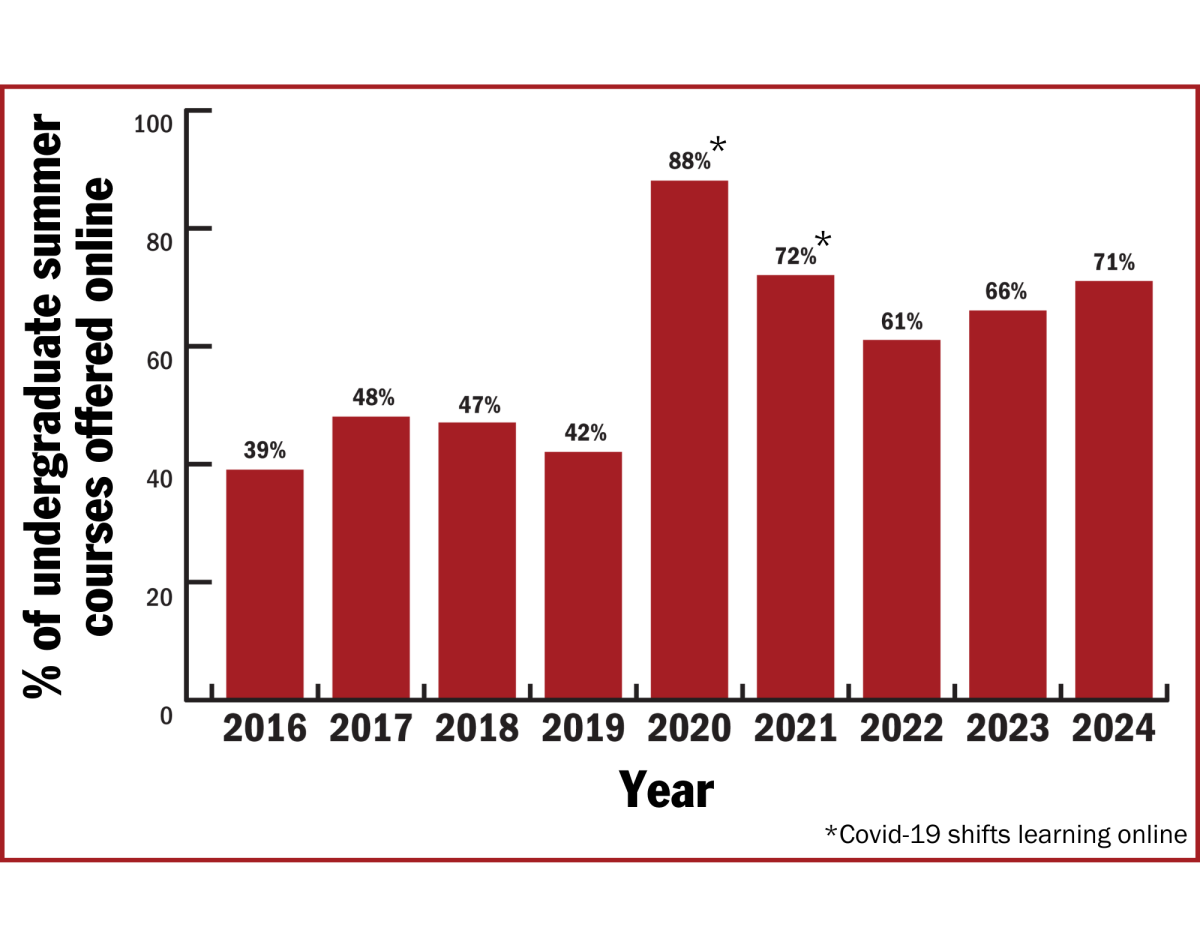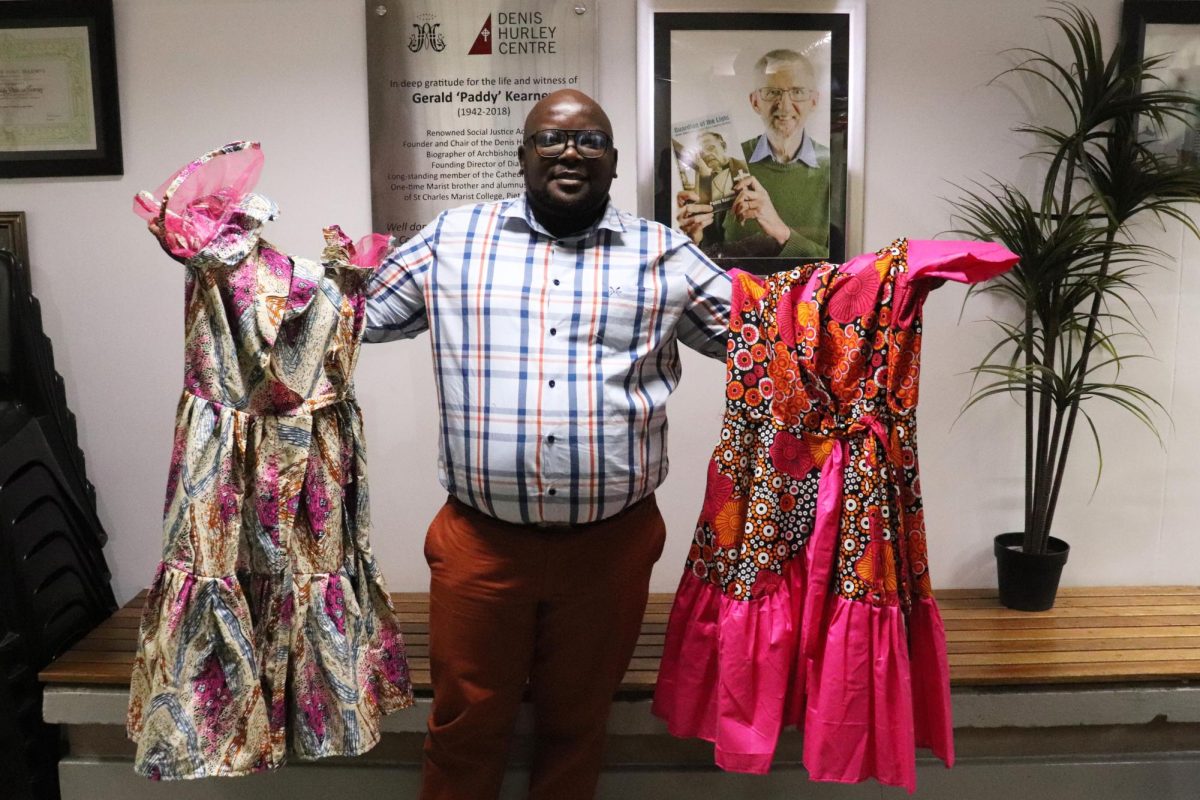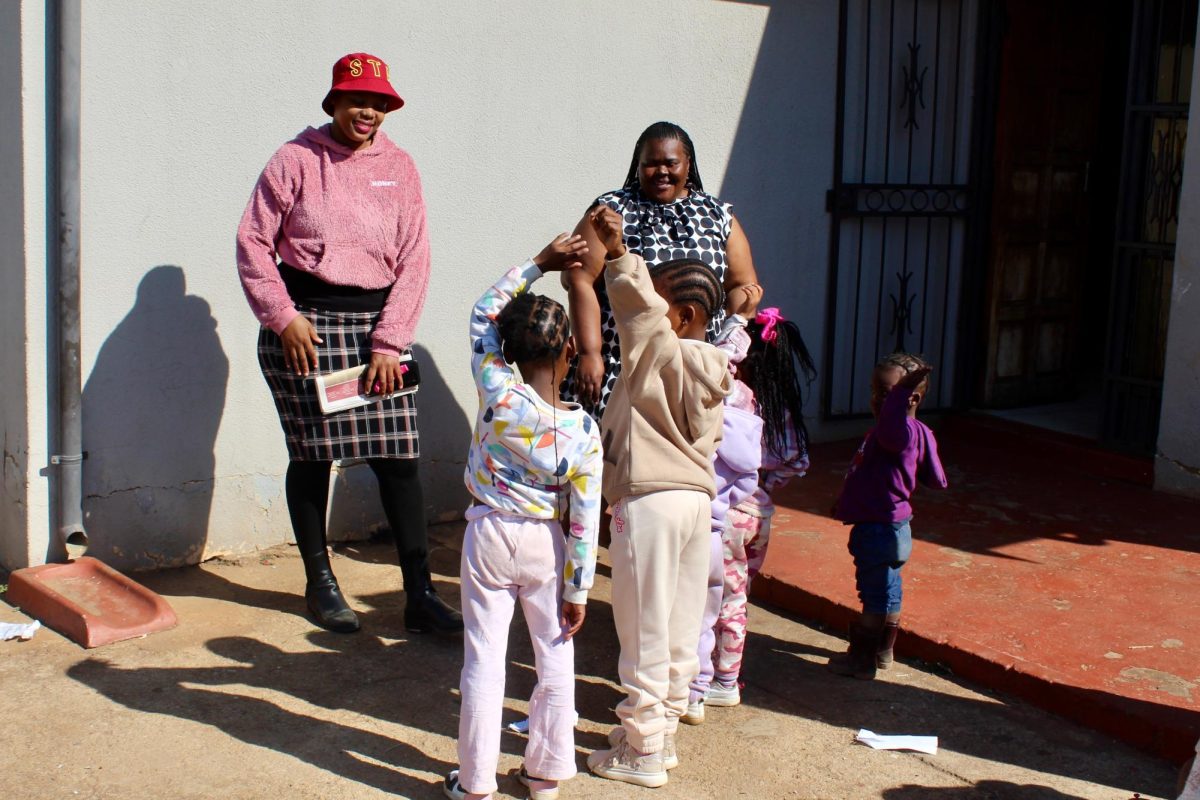First solar panels installed on campus
Hagan Arena received a new addition to its structure on February 18th. This project, led by the Green Fund, has been in the works for quite some time, and last week Saint Joseph’s University began generating its first kilowatts of solar energy.
Dylan Skwira, ’16, president of the Green Fund, reported that solar panels were installed on the roof of the building and all systems are currently up and functioning.
The idea for solar panels at St. Joe’s was first discussed in the fall of 2013. The concept then proceeded through various stages of approval by the Green Fund and Facilities Management. The goal of the project is to help reduce the carbon footprint of the university and to provide educational opportunities for students as well as the surrounding community.
“[The project is] being used for community education and outreach efforts so that we can show others in the St. Joe’s community that St. Joe’s does care about the environment and that we’re giving back to the surrounding area,” said Skwira. “It also demonstrates to donors and friends the potential benefits of such systems on campus and the cost saving abilities that these systems have.”
The installation included 40 solar panels and a monitoring system. In the current beginning phases, the panels will be generating between two and four kilowatts (KwH) of energy, but according to Skwira, the project is scalable—hopefully, over the next four years, the system will be up- graded to a 10 kilowatt system and will produce between 12,000-15,000 KwH annually for the arena.
To put that in perspective, Kevin Kane, director of Facilities Management, said, “That’s enough [energy] to power an average-size home in the U.S.”
Initially, the annual savings for the university are estimated to be around $2,000 per year, but once the project is fully implemented and scaled, the savings could be as much as $10,000-$20,000 annually.
“It’s a good sustainable project,” said Kane, “[and] it’s going to help to defer some costs from our utility expense.”
Green Fund members are ecstatic to see the completion of this long-term project.
Paige Norris, ’17, vice president and sec- retary of the Green Fund, said, “I’m so excited about it…because when it was first brought up as a possible idea it definitely…received this kind of feedback of ‘Oh, it’s never going to be able to go through, you’ll never be able to do it.’ So for us to have worked for almost two years now and have them finally being installed and have the whole system put in is really exciting.”
Hagan Arena was chosen to receive the solar panels because the building has great exposure to the sun as well as southern directional exposure, both of which, according to Skwira, are “optimal for producing solar energy.”
Additionally, Hagan uses the most energy on campus and has a fairly new roof. “By choosing that building, it’s helping to offset our reliance on traditional forms of energy. The solar panels aren’t only helping to pro- duce energy, but they’re also protecting the life of the roof,” Skwira said.
The project was funded through three different sources. $40,000 was given by the Green Fund, $12,000 was given by an anonymous donor, and $3,000 came from a grant from the state of Pennsylvania’s Department of Environmental Protection.
The money from the grant specifically aided in funding the monitoring system that was installed alongside the panels, which will be used for educational activities in university classes such as those in the department of environmental science.
When asked about the future of solar energy on campus, Skwira said that both Hawks’ Landing and Merion Hall are being considered for possible future installation of panels.
Kane explained that although it would be ideal to install solar panels on all the roofs on campus, the economics of that vision are impractical.
“That would be wonderful, [but] I think the economics of it don’t make it economically viable [because] the payback period for stuff like this, unless you’re getting significant grants or credits, it doesn’t necessarily make a lot of economic sense,” said Kane.
However, Kane went on to say that there is hope that projects such as these will be an inspiration for donors and friends of the university.
“It’s good for demonstration projects,” Kane said. “I think we’re hopeful that some green-minded benefactors will use it as an opportunity to donate money to the university.”
Skwira said that the Green Fund is both pleased and proud of this recent accomplishment.
“I feel like this has been one of the most successful projects that we’ve done in the past four years, said Skwira. “I could not tell you how amazing it is to finally see this work come to life. It definitely was a lot of hard work and dedication by everyone on the board, but sitting through that process and seeing the funding go through and the panels actually arriving and being put on…[it] was a huge relief to see it being put up.”


























